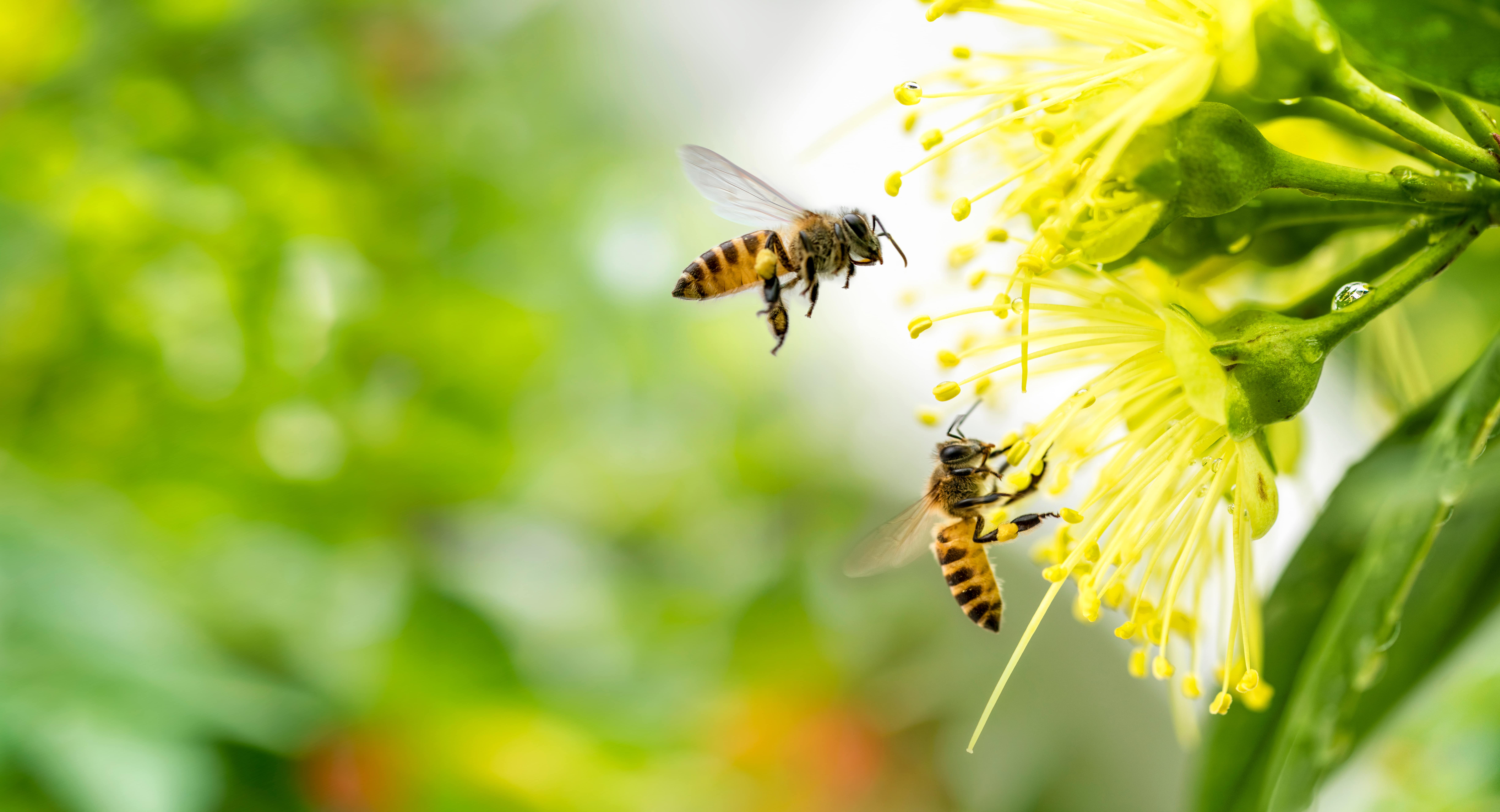Home / Blog / Ants / Odorous Ants: How to Keep Them Out of Your House
Odorous Ants: How to Keep Them Out of Your House

Scientifically reviewed by Daniel Baldwin, BCE, CCFS, CP-FS
Nothing ruins a picnic quite like a parade of ants marching single file in search of all the goodies you carefully packed. But it’s even worse when you start seeing them in your home.
Odorous ants have a particularly unpleasant defense mechanism: emitting a disagreeable scent when they’re crushed.
What do odorous ants look like?
Odorous ants are tiny, ranging from 1⁄16 to 1⁄8 of an inch. They’re tawny brown to black in color, with six legs and two antennae. Compared to the big-headed ant, with its noticeably large head, odorous ants look rather unassuming—you’ve likely seen these characteristic critters many times before.
Odorous ants can create huge colonies, but they’re most often found in mid-sized colonies of six- to seven-thousand insects. In the spring and summer months, you may see winged ants emerging from their colonies to mate.
What do odorous ants feed on?
When outdoors, the odorous ants’ favorite snack is honeydew. No, not the melon. Honeydew is the name for the sugary byproduct excreted by aphids as they tap into the vessels of a plant. Odorous ants are attracted to anything high in sugar, and aphid honeydew is their primary food source.
When they find their way into your home, odorous ants will seek out anything sugary. Soda spills, fruit, or sugar bowls will attract these insects, on a mission to bring sustenance back to their colonies.
Are odorous ants dangerous to people or pets?
Odorous ants don’t bite and aren’t a direct threat to people or pets. While the bittersweet smell they produce when crushed is unpleasant, it isn’t harmful.
That said, depending on where the ants have traveled before entering your home, they can leave contaminants behind if they enter your food. If you find ants in your kitchen, it’s best to toss or compost any food you find them on, just to be safe.
What do I do if I find odorous ants in my home?
First things first, tidy up. If you come across odorous ants in your home, it’s probably because something sweet was left out. They are laser-focused on finding food to return to their colonies, and sugary foods provide the most energy. During the summer, ensure all your food is in sealed containers, empty the garbage and recycling daily, and promptly clean up any spills to help remove incentives that odorous ants have to find their way inside.
Next up, get rid of them. In terms of removal, you may not want to sweep or vacuum up odorous ants to avoid crushing them. Instead, use an elastic band to secure a nylon stocking to the end of your vacuum hose. The nylon collects the ants without crushing them. At that point, you can dispose of them outside or put them into a container of water until they are no longer alive.
Do some recon. The next thing to do is to find any spots they could enter from and seal up potential access points. After all, these insects are tiny and easily make their way to your kitchen through even the smallest spaces. Be sure to prune any branches touching the outside of your home, as ants use the branches as bridges to get into windows.
Call the pros. If your ant infestation is severe or you’re not having luck with the steps above, it’s time to call in a local pest control company. They’ll be able to locate the entry points, seal them up, and help you to remove any odorous ants that are inside your home.
How do I get rid of odorous ants in my yard?
When multiple colonies are present, it can be tricky to get the populations under control. Call a Hawx Pest Control pro in your area for help if that’s the case.
Hawx Pest Control technicians are equipped with superior tools, products, and technology. Our local expertise means we know where to spot ant infestations, how to treat them, and what steps to take to prevent recurring or future issues. You’ll be in great hands with our knowledgeable and friendly team.
Learn more about the pests in this article
Related Articles
















